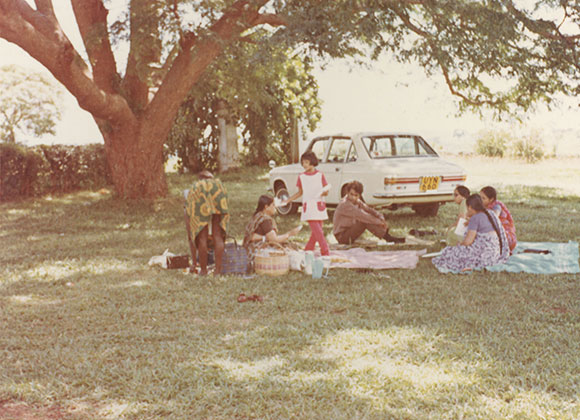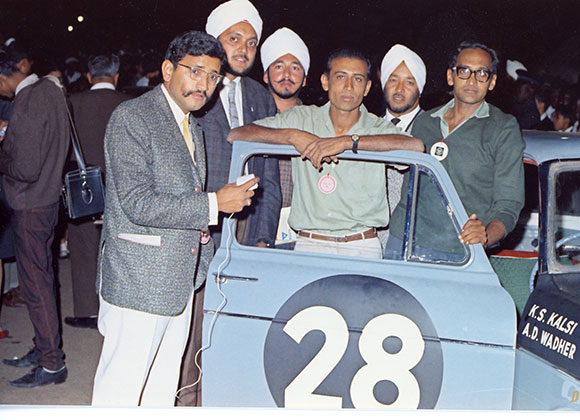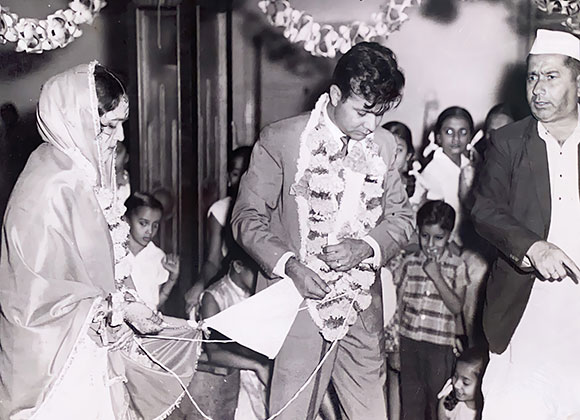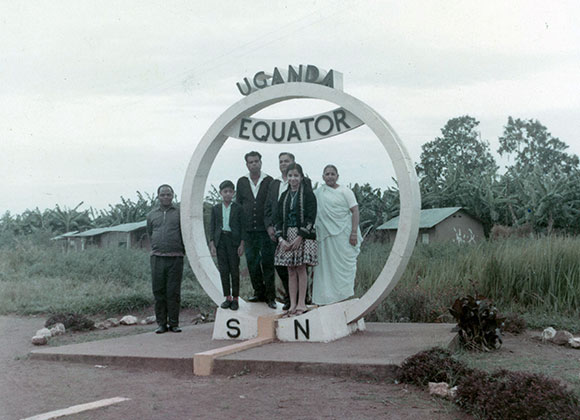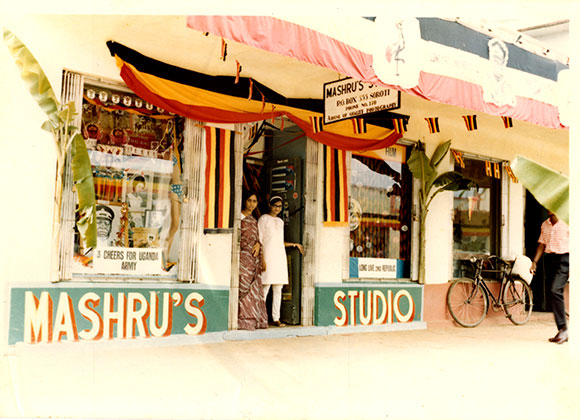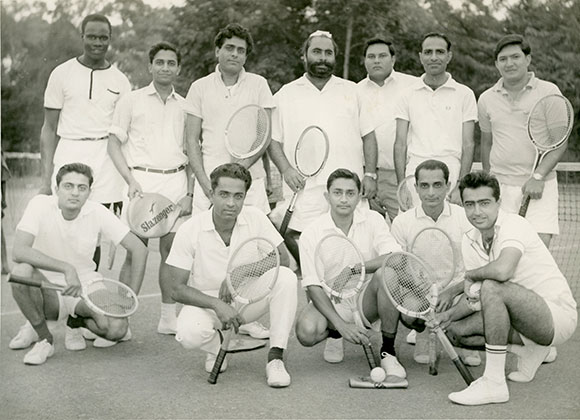Before the Storm
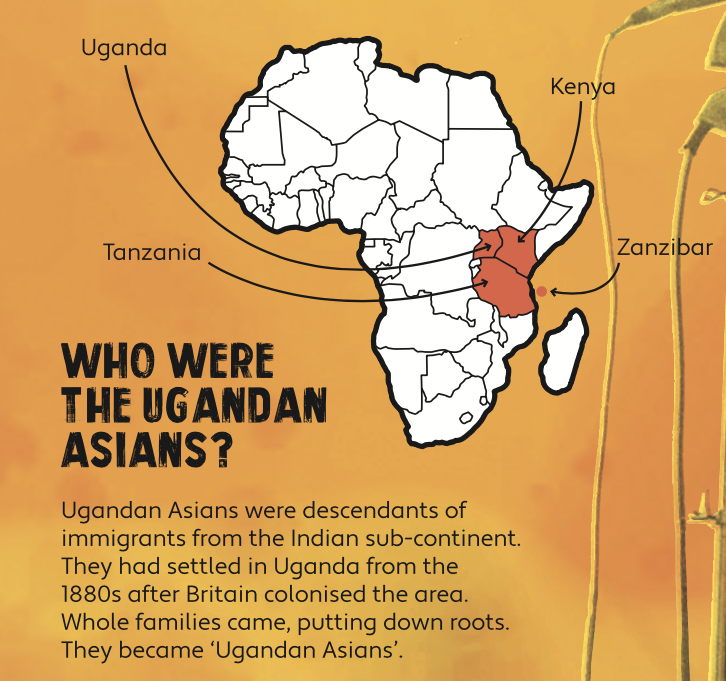
British East Africa
Britain seized the territories of what are now Kenya and Uganda in 1885. Tanganyika was acquired from Germany after the First World War.
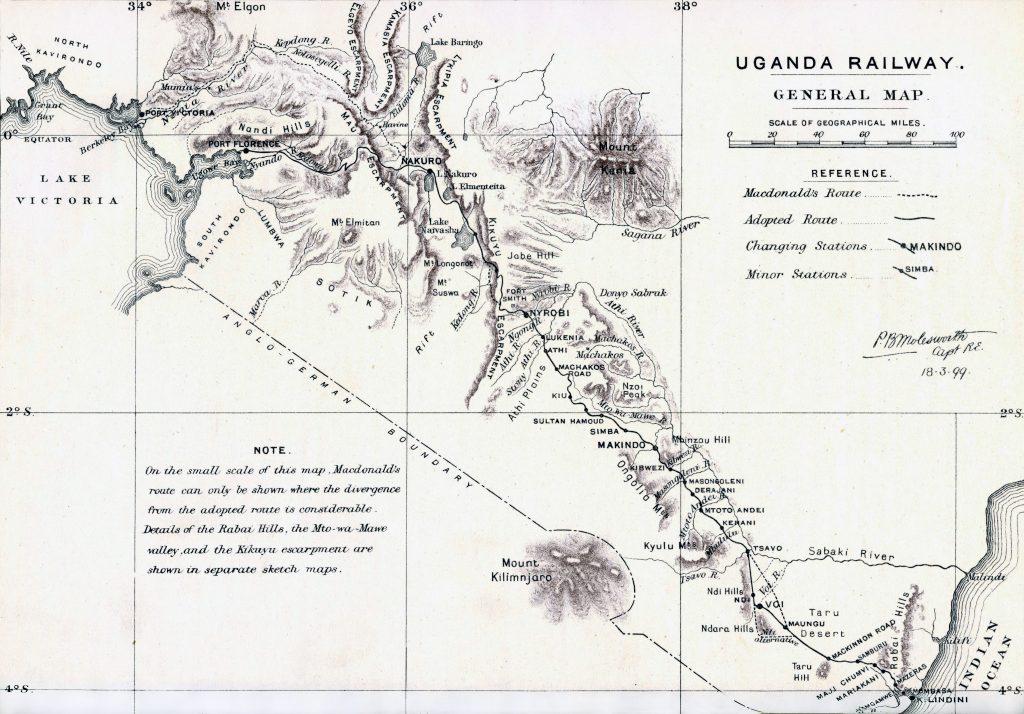
Uganda Railway
Between 1896-1901, and with the native African population unwilling to work on the project, the British government brought in over 34,000 Indian labourers on three-year indentured labour contracts. They were overseen by Indian draughtsmen, surveyors, accountants, clerks and supervisors. Asian traders opened up new shops and businesses along the route.
The 660-mile long line opened up the interiors of Kenya and Uganda. It also reduced slavery by removing the need for humans to transport goods. Of the 34,000 brought over, more than 6,000 of these Asian labourers stayed in Uganda after the railway was completed, becoming an important part of the Ugandan Asian community. They were later joined by families and other migrants attracted by the economic opportunities.
Separate Lives
Under the colonial system, Europeans, Ugandan Asians and Ugandan Africans had their own housing, health care, schools and social clubs. Whilst the Europeans largely led separate daily lives, Asians and Africans were in regular contact in shops and businesses.
Life for Ugandan Asians was good
The climate was perfect, the scenery spectacular. They controlled much of the Ugandan economy – owning shops in towns and villages, controlling trade in cotton, coffee and sugar, and running most of the big businesses. Most could afford to live well.
But under the surface lay economic and racial tensions. Ugandan Africans resented the commercial power and the higher social status Ugandan Asians held under the colonial system. Ugandan African resentment continued to grow after independence in 1962. They believed they were being exploited.
